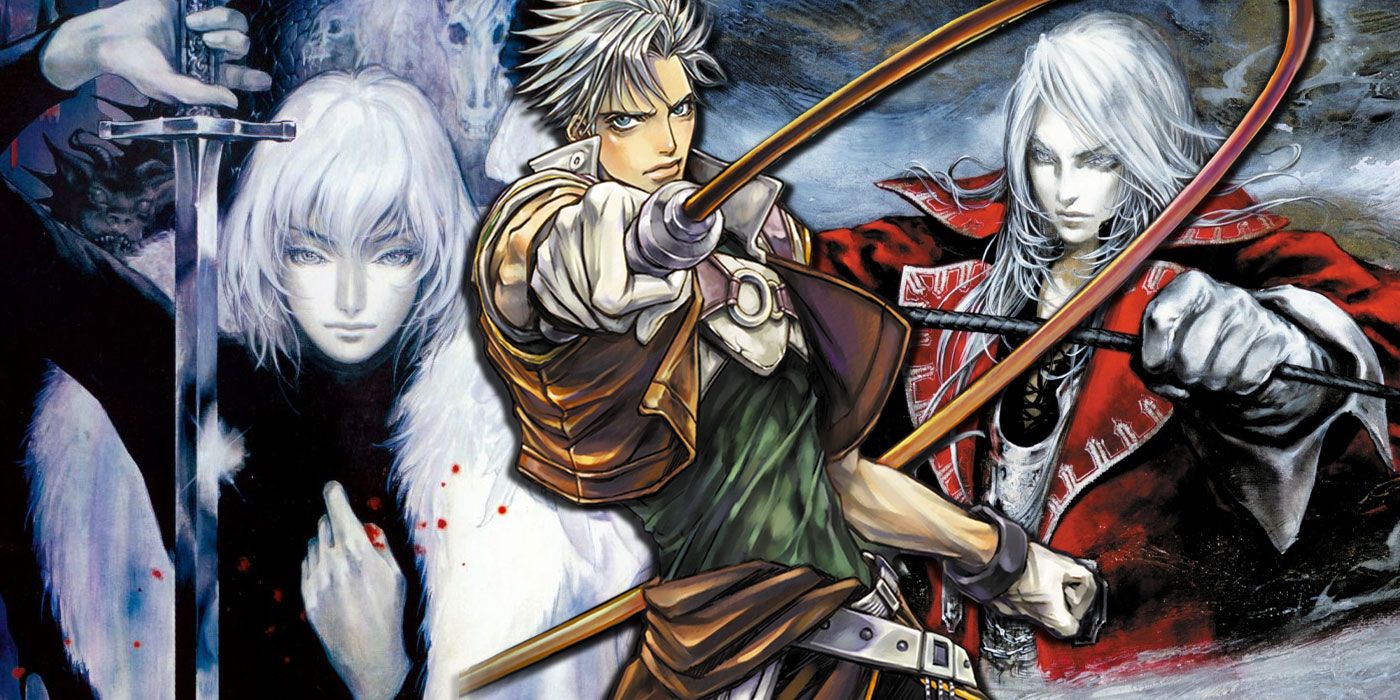
The rumored Castlevania Advance Collection was officially announced and promptly released during the latest Nintendo Direct presentation. The collection is something fans have long wanted to see, especially following last year's Castlevania Classic Collection. The game, which consists of titles formerly exclusive to Nintendo consoles, collects four classic Castlevania adventures on Nintendo Switch, PlayStation 4, Xbox One and PC.
As welcome as more Castlevania is, not everyone will be familiar with the games featured in Advance Collection. While they don't have the cultural cache of Symphony of the Night, the games in Advance Collection best followed in its footsteps before Bloodstained: Ritual of the Night emerged as its spiritual successor. Here's a rundown of the whole collection.
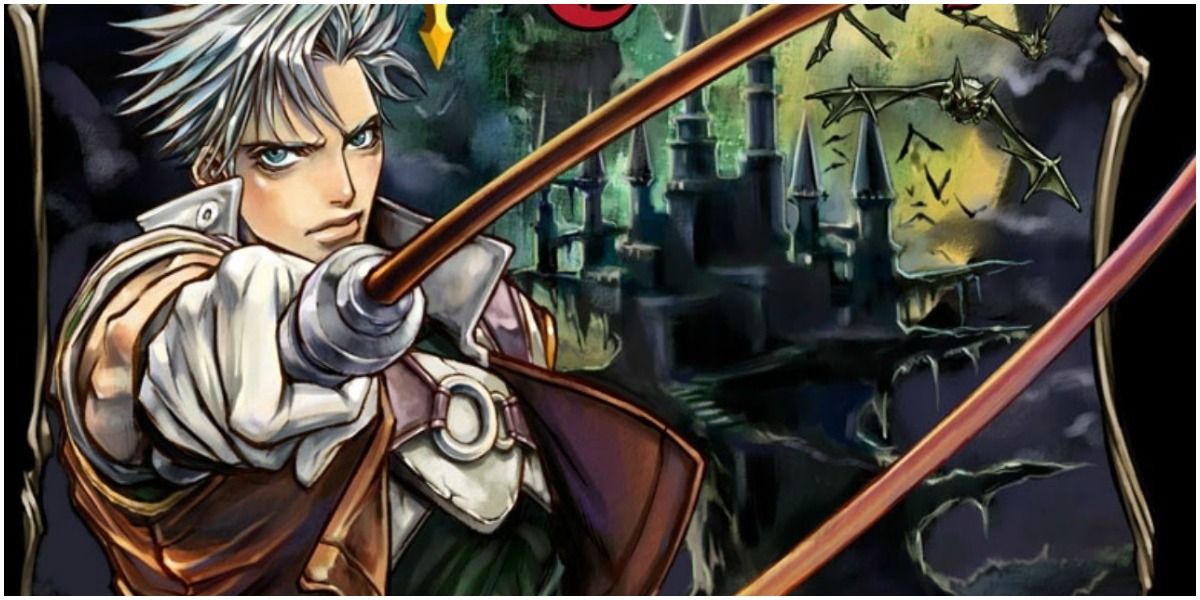
Released in 2001, Circle of the Moon brought Symphony of the Night's revolutionary formula of nonlinear exploration and RPG elements to handhelds. Unlike previous games in the series, a member of the Belmont family isn't the main character. Instead, players battle Dracula's forces as Nathan Graves, the son of a pair of vampire hunters who died banishing Dracula ten years earlier. Beyond Dracula and Camilla (aka Carmilla), Graves also has to contend with his mentor Morris's son Hugh, whose resentment of Graves allows Dracula to influence him.
Each of the GBA-era Castlevania titles features some type of gameplay quirk. For Circle of the Moon, this is the Dual Set-up System that modifies the way Graves uses magic based on cards he collects. Divided into Action and Attribute categories, the cards can be combined to create 100 different spells. It also encourages multiple playthroughs with different modes that unlock after the game is defeated, giving players codes that modify gameplay to emphasize different play styles.
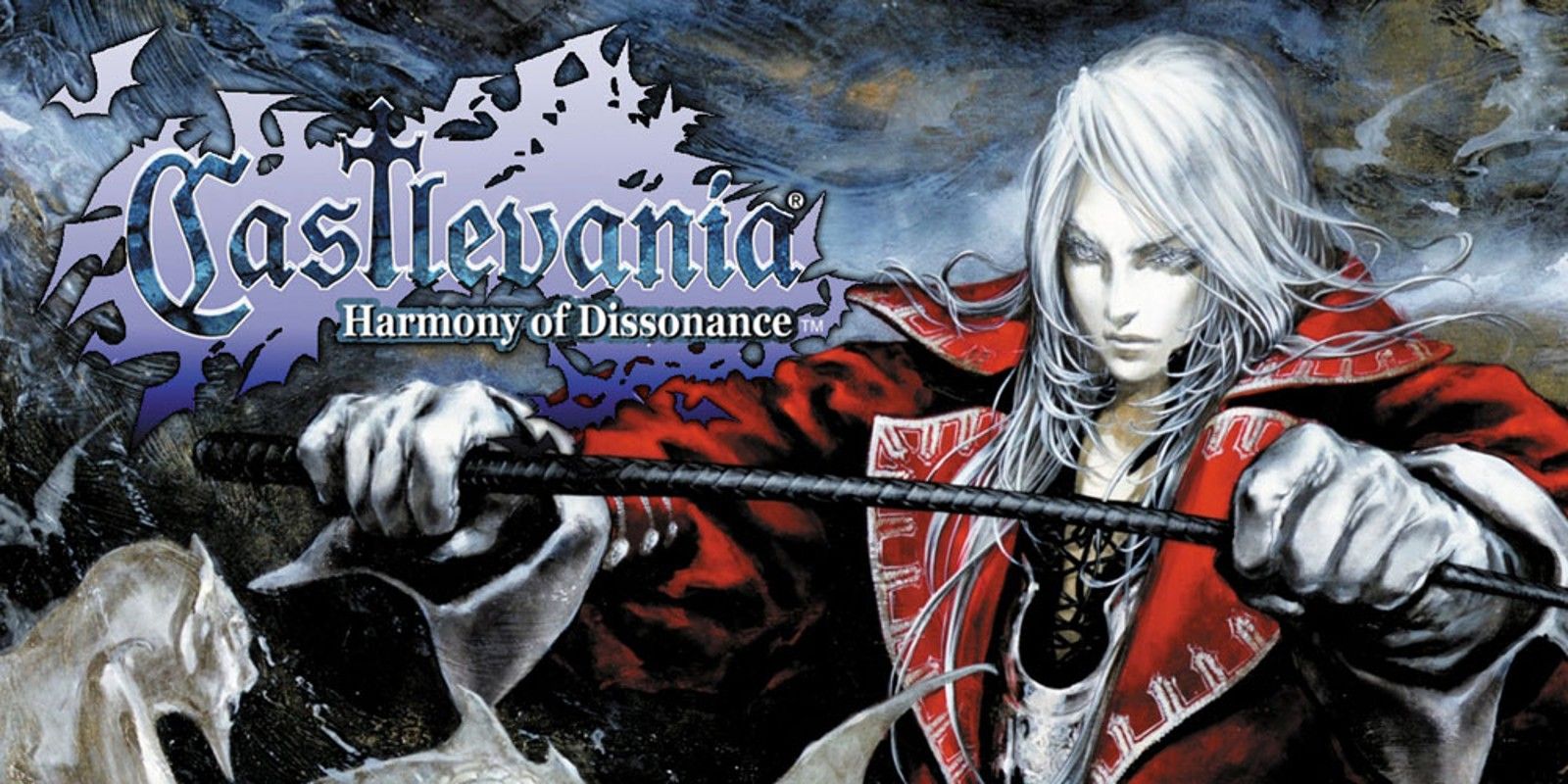
Harmony of Dissonance put the Belmont family back in the spotlight. Taking place fifty years after Simon Belmont defeated Dracula in the original Castlevania, Simon's grandson Juste Belmont must rescue his kidnapped childhood friend Lydie. Harmony is a little more straightforward blend of classic Castlevania gameplay but includes aspects of the popular Metroidvania style, such as magic and armor.
Harmony also added a wrinkle to the series' traditional castle setting. The game's castle has been split into two different layers due to the split personality of supporting character Maxim, who becomes playable if players unlock Harmony of Dissonance's best ending. The layers have similar layouts but contain different monsters and items. However, the two castles are linked; for example, destroying a wall in one layer may affect a wall in the other.
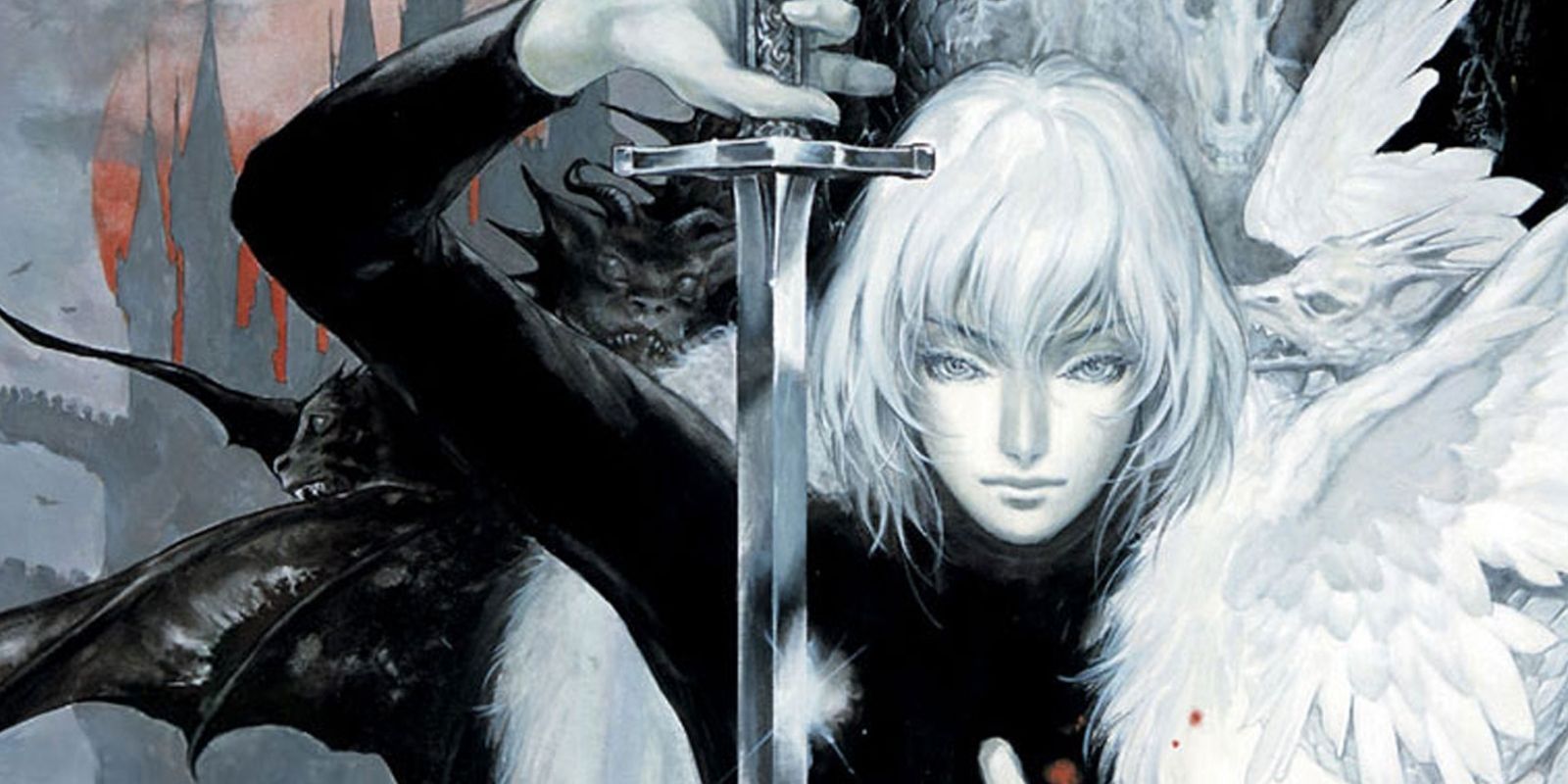
Uniquely, Castlevania: Aria of Sorrow is the first game to take place in the future, set in the year 2035. Following Dracula's latest banishment in 1999, Dracula's Castle was sealed in the moon; now, an eclipse threatens to release it and high school student Soma Cruz must solve the mystery of his attraction to the castle. The closest to date to a direct sequel to the beloved Symphony of the Night, Aria of Sorrow's futuristic story was either a breath of fresh air or blasphemy, depending on your perspective.
Beyond its setting, Aria of Sorrow introduced the popular Tactical Soul System to the series. In battle, Soma can absorb the souls of defeated enemies to gain new abilities, which replaces the typical sub-weapon and relic systems. They can be absorbed from nearly every enemy in the game and result in some truly interesting puzzles. Beyond that, Aria is also renowned for its story, which includes a late-game plot twist that's still shocking today. Thanks to its strong story and the unique Tactical Soul System, Aria of Sorrow was the best-reviewed of the GBA Castlevania games and remains popular today.
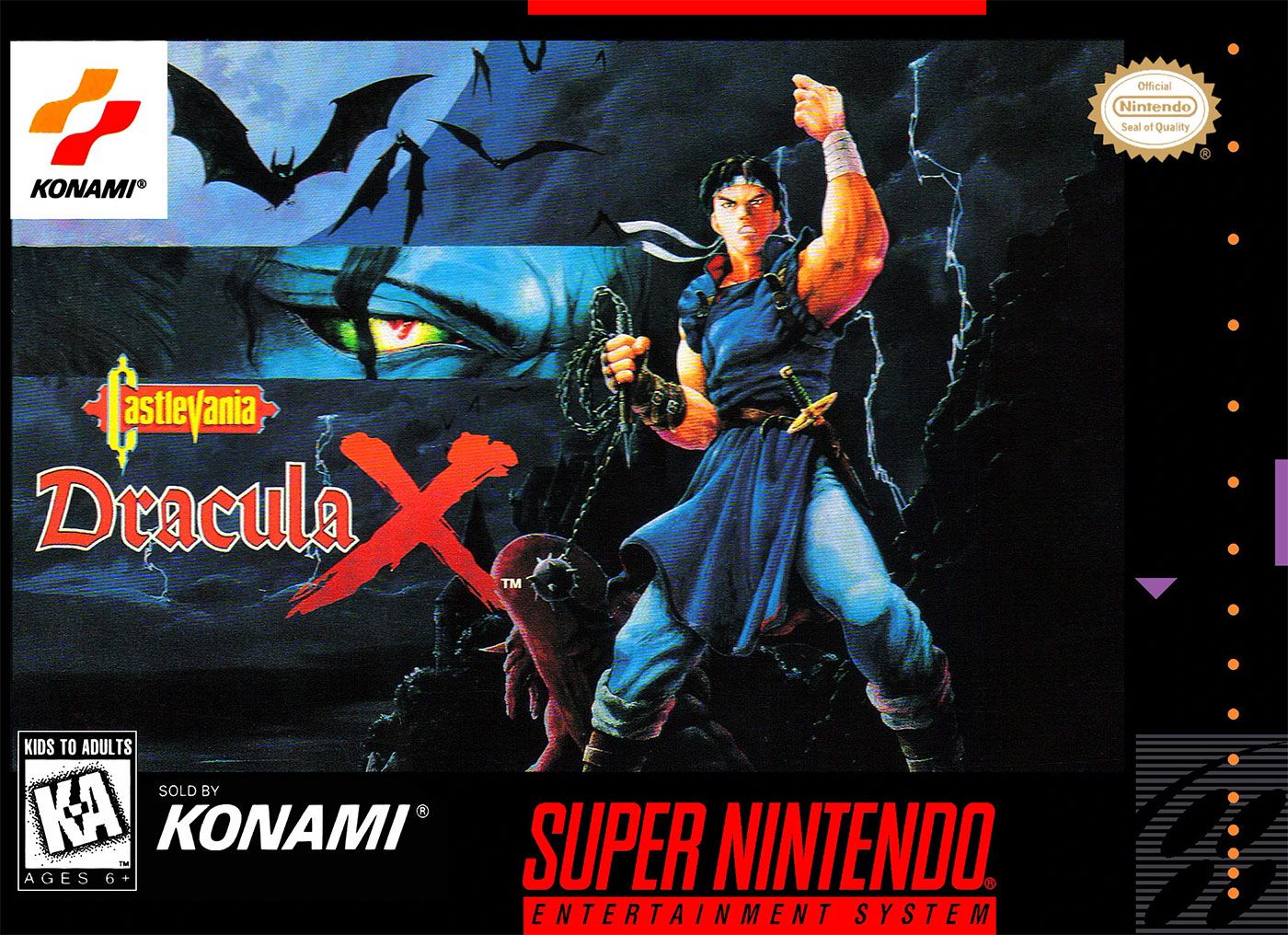
Rounding out the Advance Collection is, ironically, one of less beloved SNES entries in the series, Dracula X. A remake of PC Engine game Castlevania: Rondo of Blood, Dracula X is the predecessor to Symphony of the Night following the events of Richter Belmont's struggle to save a town under Dracula's influence. Even if you haven't played any version of it, you've likely played as main character Richter Belmont in Symphony of the Night or Super Smash Bros Ultimate.
Considering it's a downgraded port, Dracula X is as rough around the edges as you'd expect, but it's still regarded as a solid old-school Castlevania game when taken on its own terms. Whether you've only encountered characters like Richter and Maria in Symphony of the Night or just want something different from the Metroidvania gameplay of the other titles in the collection, Dracula X is still worth a look.
0 Comments